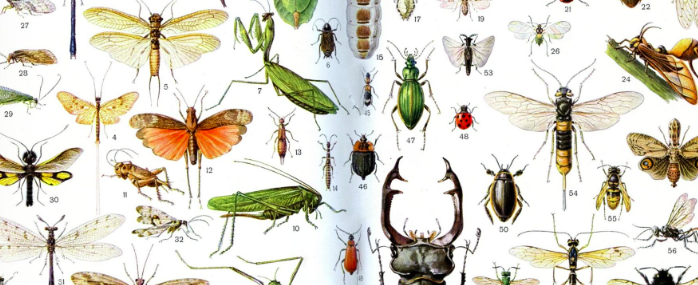
To learn more about a particular insect, it helps to know its name. In order to get there, we must first determine to which order it belongs. In entomology, the order designates a large group of insects that share common characteristics (for example, Coleoptera, Lepidoptera, Diptera…). Determining the order is the first and most important step in identification. Then, we can try to identify the family of the insect, its genus and finally its species.
There are several good visual identification guides for insects (see the bibliography for this ). These guides include photographs or illustrations that will make your job easier. Various books also present identification keys which, by a choice of visual criteria, allow us to find which insect we are dealing with. The identification with the species is sometimes quite easy and can be done in the field. But, in many cases, the insect must be immobilized and examined with a magnifying glass.
The difference between two species is sometimes thin; for example, one has antennae divided into eight parts, while in the other, they have ten. To check this kind of detail in very small insects, even the magnifying glass is insufficient. It is then necessary to resort to a more powerful device, called a binocular magnifier (or stereomicroscope). This expensive device is not within everyone’s reach, and it is more often found in universities and museums than among our insect-loving friends. But some scientific clubs or groups of amateur entomologists have acquired them and are making them available to their members.
There are also groups of insects that are particularly difficult to identify. These include micro-lepidoptera and some species of bees, flies and ground beetles. Don’t worry if you can’t, since even professional entomologists sometimes have to resort to the services of specialists to find out which species a specimen belongs to. Some insects, for example, need to be dissected in a special way to see hidden structures in their bodies. Only the form, the number, the absence or the presence of these structures, make it possible to find its identity. Fortunately, a large number of insects of interest to Quebec collectors are relatively easy to identify with the appropriate tools.